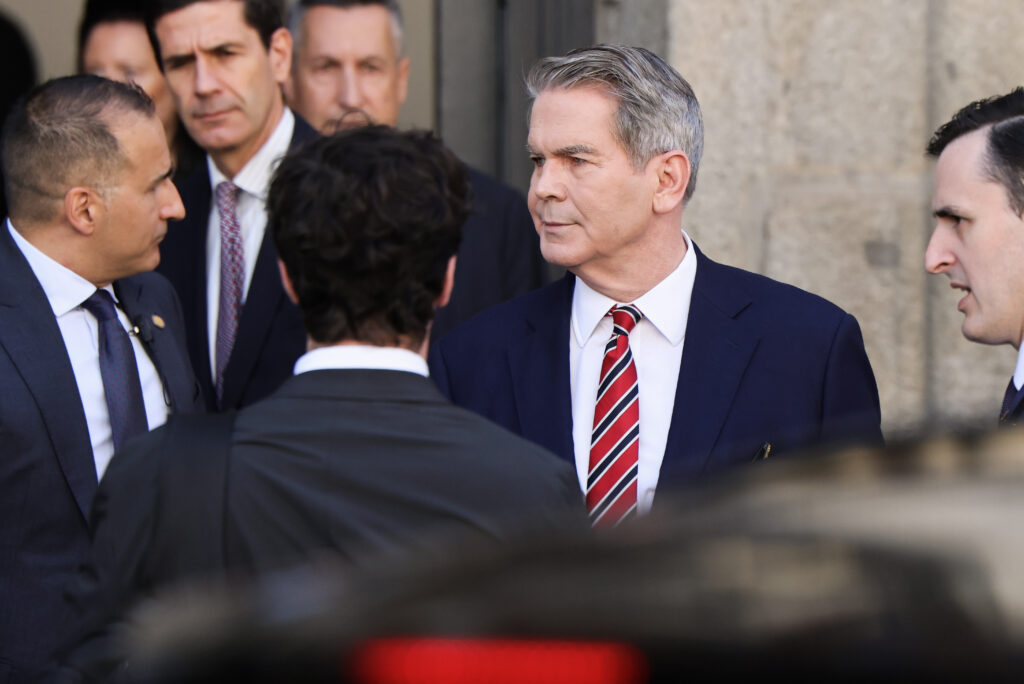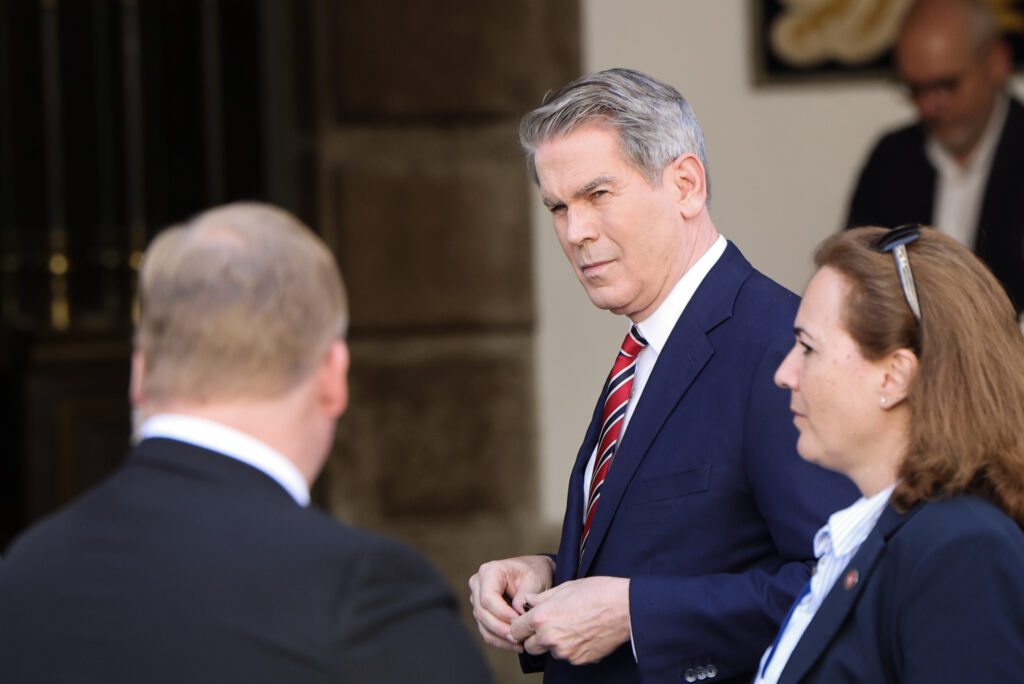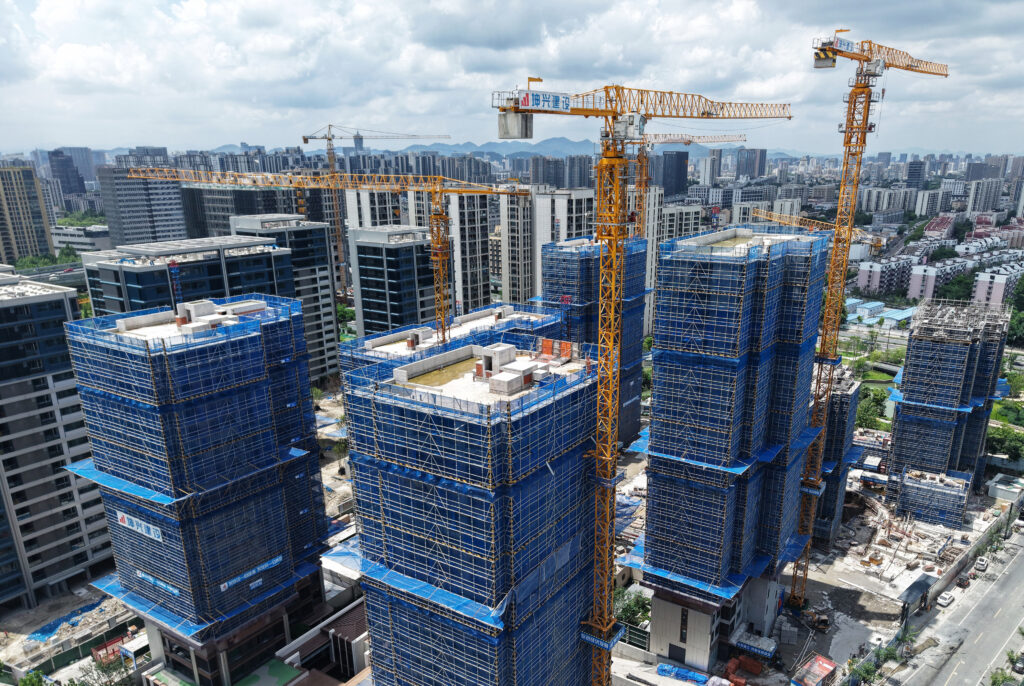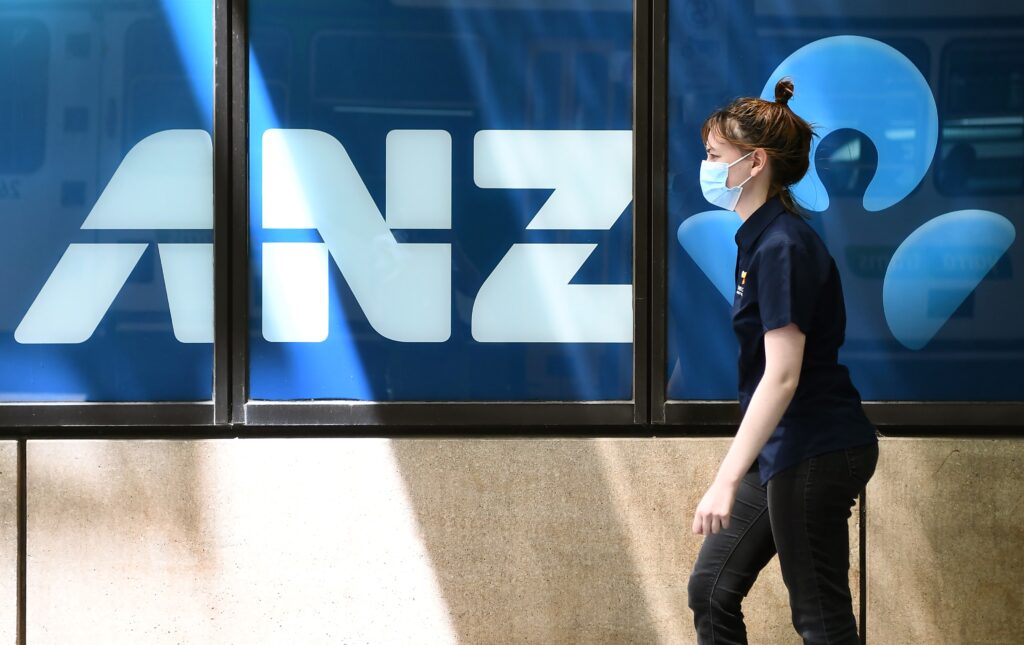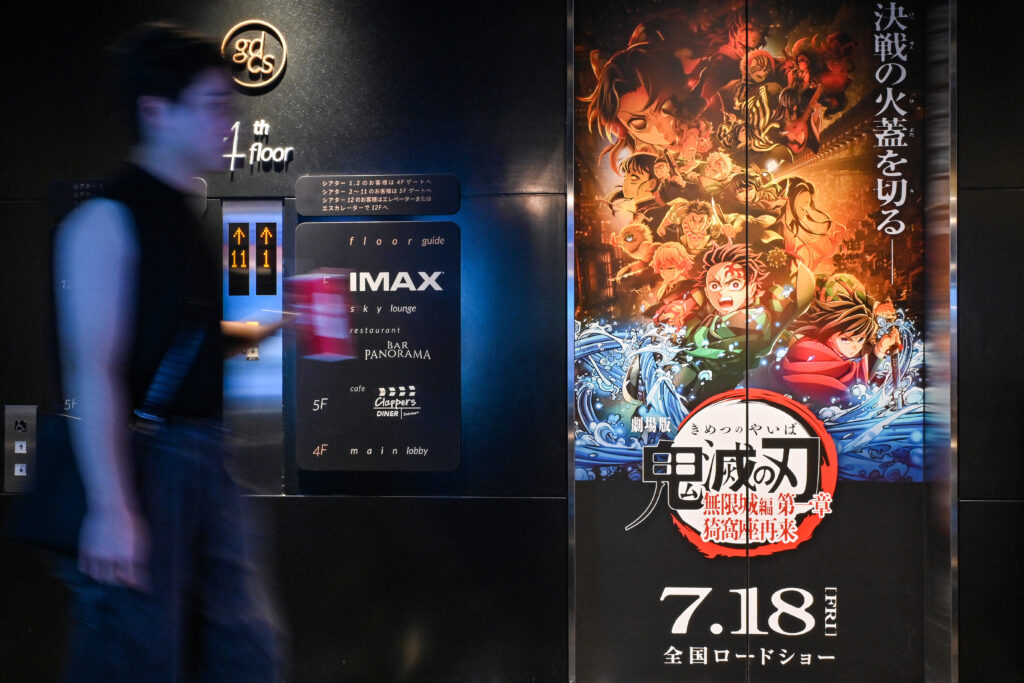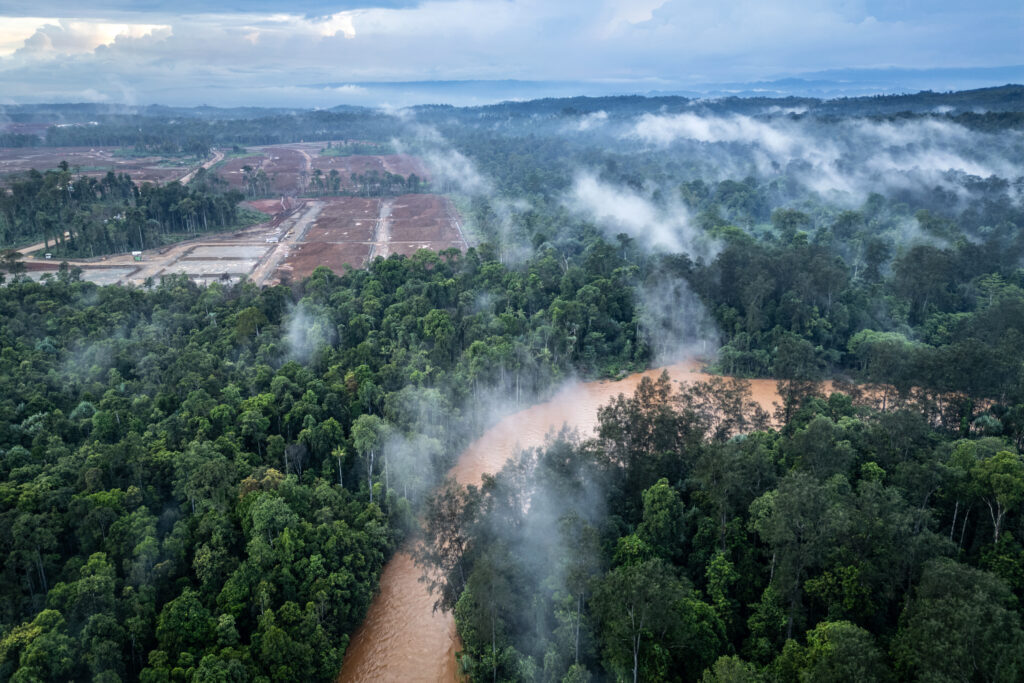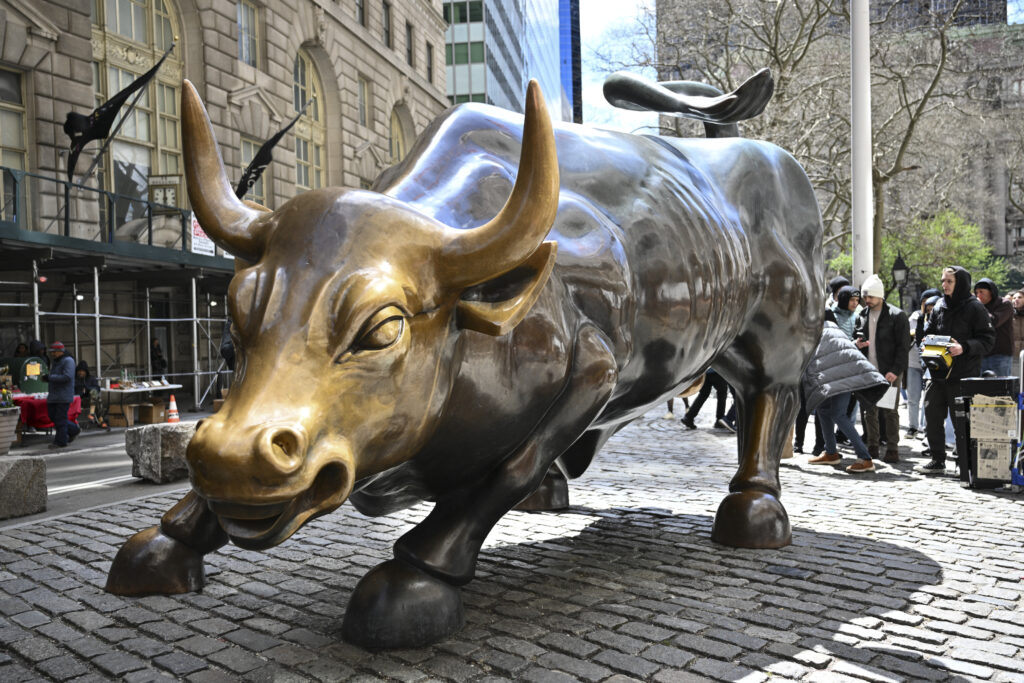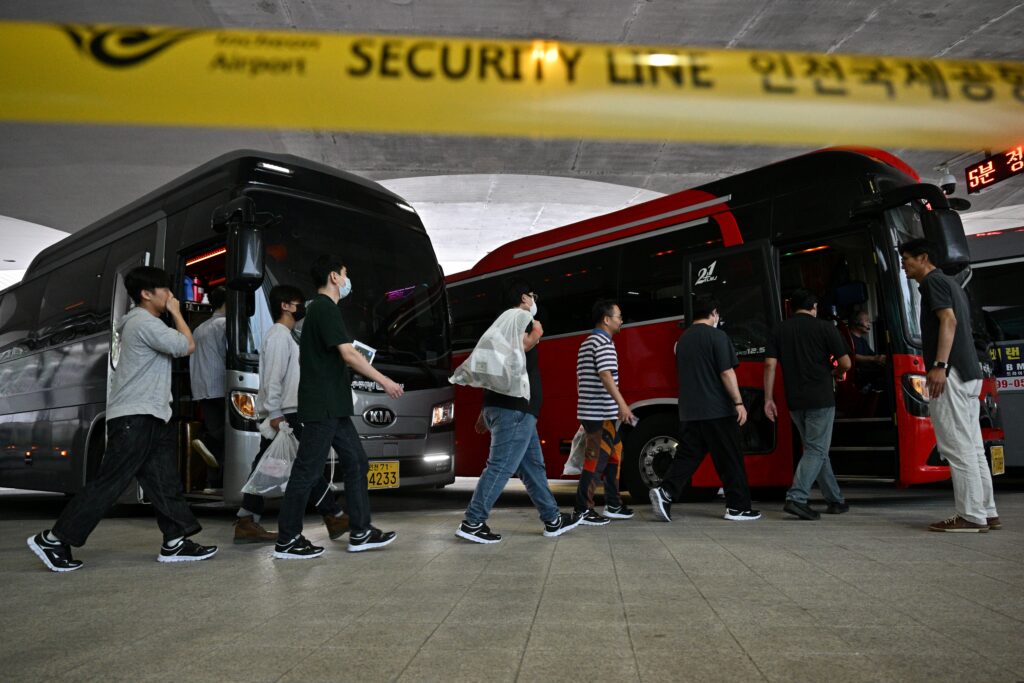US ‘very close’ to TikTok deal with China: US Treasury chief
The United States is “very close” to a deal with China to settle their dispute over TikTok, US Treasury Secretary Scott Bessent said Monday as the two sides resumed trade talks in Madrid.Bessent and Chinese Vice Premier He Lifeng opened the latest round of discussions in Madrid on Sunday, seeking to narrow differences on trade and technology that have strained relations between the world’s two largest economies.The meetings are expected to continue through Wednesday — the deadline for TikTok to find a buyer or face a ban.”On the TikTok deal itself, we’re very close to resolving the issue,” Bessent told reporters as he arrived at Spain’s foreign ministry for a second day of talks. “If we don’t reach an agreement on TikTok, it doesn’t affect the overall relationship between the two countries. It’s still very good at the highest levels,” he added.TikTok is owned by China-based internet company ByteDance.A federal law requiring TikTok’s sale or ban on national security grounds was due to take effect the day before US President Donald Trump’s inauguration on January 20. But the Republican, whose 2024 election campaign relied heavily on social media and who has said he is fond of TikTok, put the ban on pause. – Shaky truce -In mid-June Trump extended a deadline for the popular video-sharing app by another 90 days to find a non-Chinese buyer or be banned in the United States. That extension is due to expire on Wednesday.While Trump had long supported a ban or divestment, he reversed his position and vowed to defend the platform — which boasts almost two billion global users — after coming to believe it helped him win young voters’ support in the November election.Beijing’s commerce ministry called on Washington on Friday to “work with China on the basis of mutual respect and equal consultations, to resolve each other’s concerns through dialogue and find a solution to the problem”.The talks in Madrid also cover Trump’s threat of steep tariffs on Chinese imports.Trade tensions escalated sharply earlier this year, with tit-for-tat tariffs reaching triple digits and snarling supply chains.Both governments later agreed to lower their punitive tariffs, with the United States imposing 30 percent duties on imports of Chinese goods and China hitting US products with a 10 percent levy, but the temporary truce expires in November.The US-China trade truce has been an uneasy one, with Washington accusing Beijing of violating their agreement and slow-walking export license approvals for rare earths.China is the world’s leading producer of rare earths, used to make magnets essential to the automotive, electronics and defence industries.- Nvidia probe -China on Saturday launched two investigations into the US semiconductor sector. Beijing opened an anti-dumping probe into some IC chips originating from the United States, its commerce ministry said in a statement. The ministry also said in a separate statement it will launch an investigation into whether the United States had discriminated against the Chinese chip sector.And on Monday China said an investigation found US chip giant Nvidia had run afoul of the country’s antitrust rules, and vowed an additional probe.The statement did not provide further details about Nvidia’s alleged legal violations or the further probe.Beijing — which announced the investigation in December — is currently engaged in an intense contest with the United States for supremacy in the critical field of semiconductors.Top diplomats and defence chiefs from both nations held back-to-back phone calls last week, which analysts said could mark a step towards a meeting between Trump and Chinese leader Xi Jinping.Trump said in August he expects to visit China this year or shortly afterwards, noting that economic ties between the two countries have improved.
